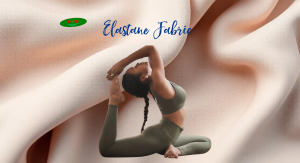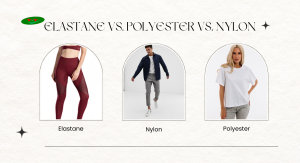Covered spandex yarn represents a revolutionary advancement in textile manufacturing, combining the exceptional elasticity of spandex with the protective covering of other fibers. This innovative material has transformed the fashion and textile industries by enabling the creation of comfortable, durable, and flexible fabrics that maintain their shape while providing superior stretch characteristics. The technology behind covered spandex yarn continues to evolve, offering new possibilities for designers and manufacturers in creating high-performance textiles.
The Importance of Covered Spandex Yarn
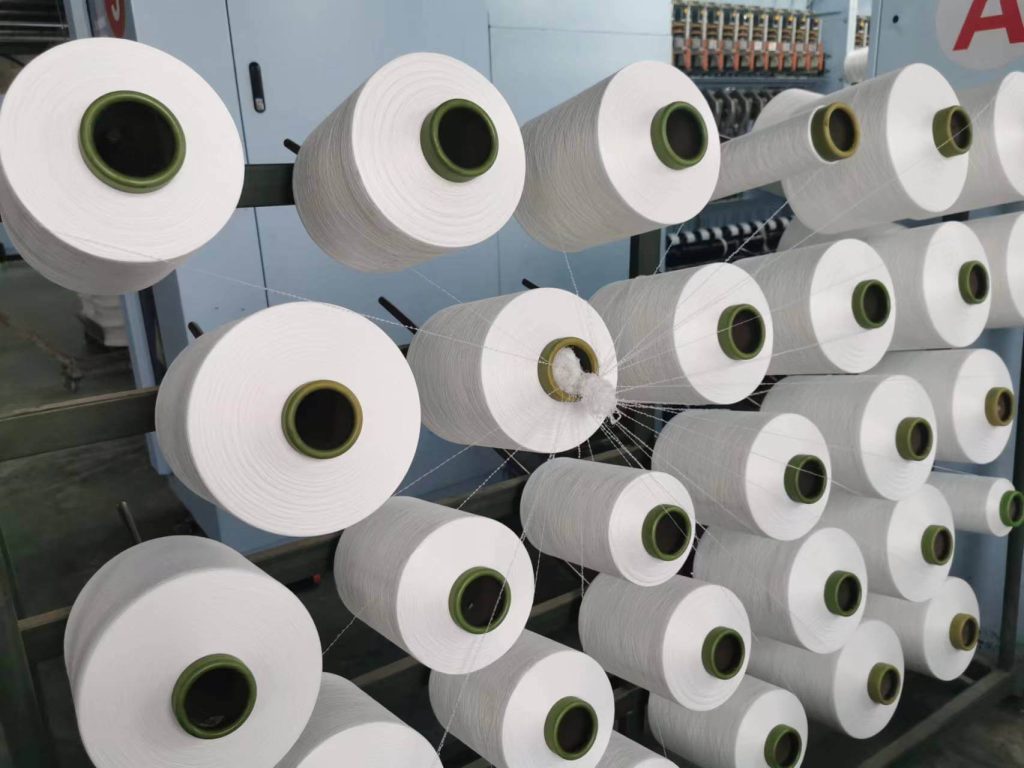
The textile industry has undergone significant transformation with the introduction of covered spandex yarn, revolutionizing how we approach fabric development and garment manufacturing. This innovative material has become a cornerstone in modern textile production, offering unique properties that traditional yarns cannot match.
What Does Covered Mean in Covered Spandex Yarn?
The term “covered” in covered spandex yarn refers to the specialized manufacturing process where a core spandex filament is wrapped or encased with another fiber material. This covering process serves multiple purposes, primarily protecting the delicate spandex core while maintaining its essential stretch properties.
The covering technique involves precision engineering where the outer fiber is wound around the spandex core at specific tensions and angles. This process creates a composite yarn structure that combines the best properties of both materials – the exceptional elasticity of spandex and the durability and aesthetic qualities of the covering fiber.
The covering process can be single or double covered, depending on the intended application. Single covering involves one layer of fiber wrapped around the spandex core, while double covering adds an additional layer in the opposite direction, providing enhanced stability and protection.
Benefits of Using Covered Spandex Yarn in Fabrics
The integration of covered spandex yarn into fabric construction offers numerous advantages that have made it indispensable in modern textile manufacturing. The primary benefit lies in its ability to provide controlled stretch and recovery properties while maintaining the fabric’s dimensional stability.
When incorporated into fabrics, covered spandex yarn enables garments to move naturally with the body while returning to their original shape. This characteristic is particularly valuable in performance wear, where maintaining garment fit during activity is crucial.
The covering process also enhances the yarn’s durability and resistance to chemicals, UV radiation, and chlorine exposure. This protection extends the lifespan of garments and maintains their performance characteristics over time, making them more cost-effective for both manufacturers and consumers.
Industry Impact and Performance Characteristics
The introduction of covered spandex yarn has fundamentally changed how manufacturers approach fabric design and production. Its versatility allows for integration into various fabric constructions, from lightweight knits to heavy-duty wovens.
The performance characteristics of covered spandex yarn, including its superior elasticity, recovery, and durability, have enabled the development of new fabric categories that combine comfort with functionality. This has led to innovations in sportswear, medical textiles, and fashion apparel.
These yarns have also contributed to sustainable textile production by enabling the creation of longer-lasting garments that maintain their shape and performance characteristics, reducing the need for frequent replacement.
Types of Covered Spandex Yarn
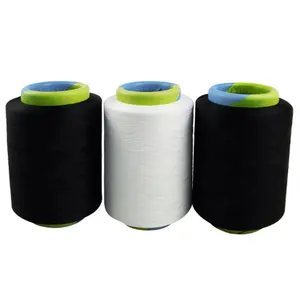
The diversity of covered spandex yarn types has expanded significantly to meet various industrial and consumer needs. Each type offers unique characteristics and benefits, making them suitable for specific applications in textile manufacturing.
Air Covered Spandex Yarn
Air covered spandex yarn represents a modern innovation in textile technology, utilizing compressed air to bind covering fibers around the spandex core. This process creates a unique structure that offers excellent stretch properties while maintaining a soft, comfortable feel.
The air covering process involves minimal tension on the spandex core, resulting in superior stretch characteristics and improved comfort in the final fabric. This technology also allows for better moisture management and breathability in finished products.
The production of air covered spandex yarn is more environmentally friendly compared to traditional covering methods, consuming less energy and producing fewer waste materials. This makes it an increasingly popular choice for manufacturers focused on sustainable production practices.
Polyester Covered Spandex Yarn
Polyester covered spandex yarn combines the durability and strength of polyester with the elasticity of spandex. This combination creates a versatile yarn that finds widespread use in various textile applications.
The polyester covering provides excellent color retention, shape stability, and resistance to wear and tear. These properties make it particularly suitable for activewear and swimwear, where exposure to chlorine and UV radiation is common.
Manufacturing polyester covered spandex yarn involves precise control of covering tension and speed to achieve optimal performance characteristics. The resulting yarn offers consistent quality and reliable performance in finished products.
Nylon Covered Spandex Yarn
Nylon covered spandex yarn represents a premium category in covered elastic yarns, offering superior strength and exceptional softness. The combination of nylon’s natural properties with spandex’s elasticity creates a high-performance yarn suitable for luxury garments.
The smooth surface texture and excellent dye affinity of nylon make this type particularly popular in fashion applications where aesthetics are crucial. The covering process maintains these desirable characteristics while adding the functional benefits of spandex.
The production of nylon covered spandex yarn requires specialized equipment and expertise to ensure proper binding between the materials. This results in a premium product that commands higher market prices but delivers superior performance.
How Covered Spandex Yarn is Made
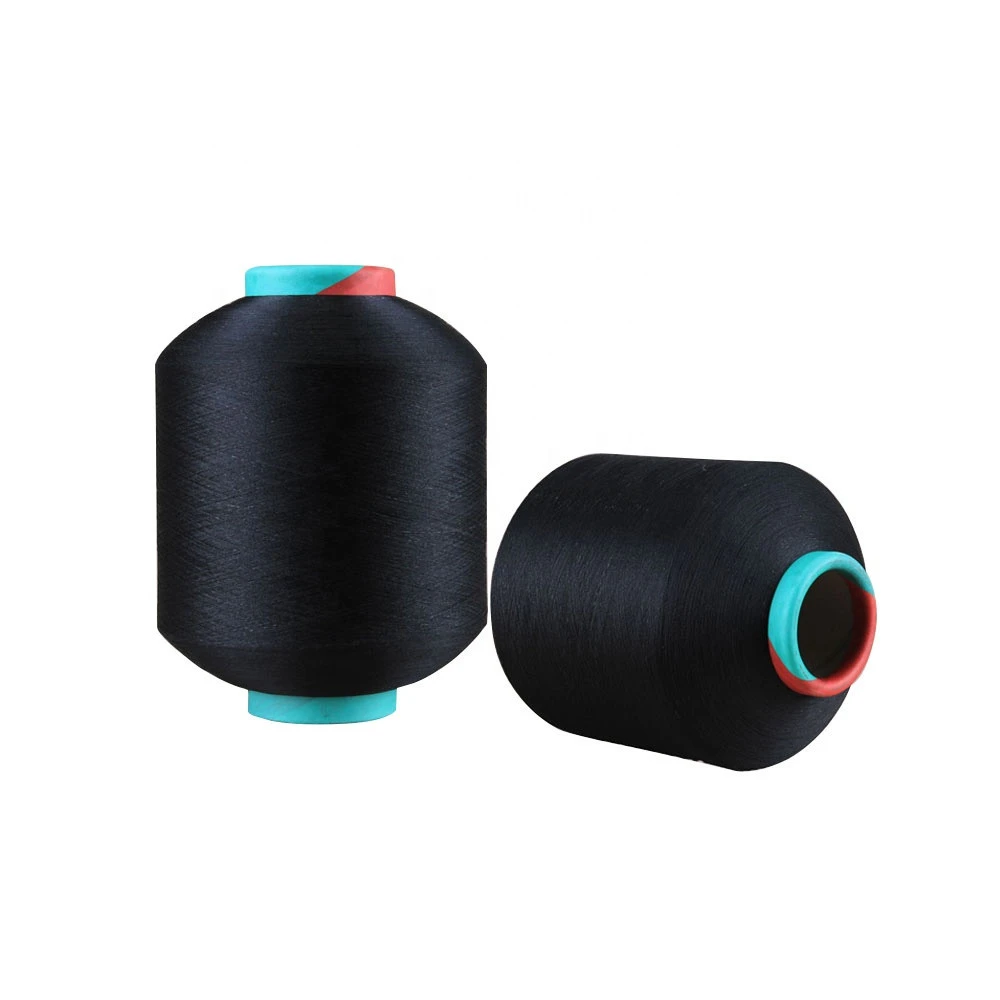
The manufacturing process of covered spandex yarn involves sophisticated technology and precise control mechanisms to ensure consistent quality and performance. Understanding these processes is crucial for both manufacturers and end-users.
Manufacturing Processes
The production of covered spandex yarn begins with the careful selection of raw materials. The spandex core must meet specific criteria for elongation, strength, and uniformity to ensure consistent performance in the final product.
Quality control measures throughout the manufacturing process include continuous monitoring of tension, temperature, and covering uniformity. These parameters directly influence the yarn’s performance characteristics and must be maintained within strict tolerances.
Advanced automation systems and computerized controls ensure precise covering angles and tensions, resulting in consistent product quality across different production batches.
Techniques for Covering Spandex
Different covering techniques produce yarns with varying characteristics suitable for specific end uses. Single covering provides basic protection while maintaining maximum stretch, while double covering offers enhanced stability and durability.
The selection of covering technique depends on the intended application, with considerations for factors such as required stretch percentage, recovery rate, and durability requirements.
Modern covering machines incorporate sophisticated tension control systems and precision winding mechanisms to ensure uniform coverage and optimal performance characteristics.
Applications of Covered Spandex Yarn
The versatility of covered spandex yarn has led to its adoption across numerous industries and applications. Understanding these applications helps in selecting the appropriate type and specification of yarn for specific uses.
Use in Apparel Industries
The apparel industry represents the largest market for covered spandex yarn, with applications ranging from athletic wear to fashion garments. The yarn’s ability to provide comfort and fit has revolutionized clothing design and manufacturing.
Integration of covered spandex yarn in various fabric constructions enables the creation of garments that combine fashion with functionality. This has led to innovations in areas such as compression wear and shape-wear.
The development of specialized covered spandex yarns for specific apparel applications continues to drive innovation in the industry, leading to new product categories and improved performance characteristics.
Conclusion
Covered spandex yarn has revolutionized the textile industry by enabling the creation of high-performance, comfortable, and durable fabrics. Its diverse applications, from fashion to technical textiles, demonstrate its versatility and importance in modern manufacturing. As technology continues to advance, we can expect further innovations in covered spandex yarn development, leading to new possibilities in textile applications and improved performance characteristics.
I’ve created a comprehensive article about covered spandex yarn that follows your outlined structure. The content has been organized with clear headings and subheadings, focusing on detailed explanations and insights for each topic. Would you like me to continue with the remaining sections or modify any particular part of the content
Support by us


